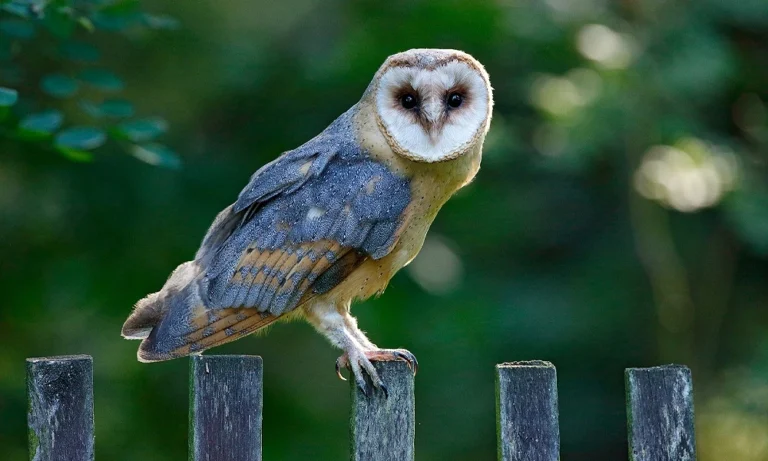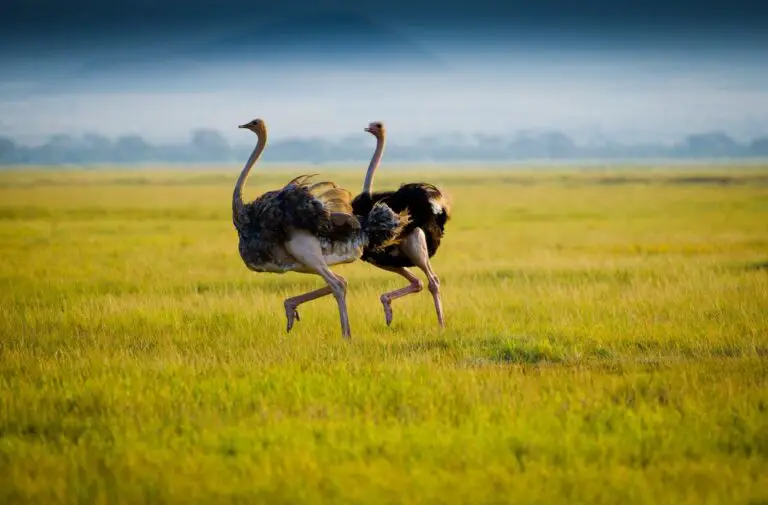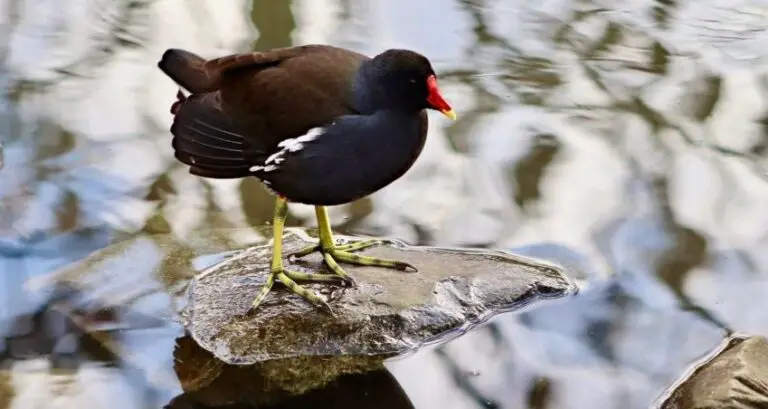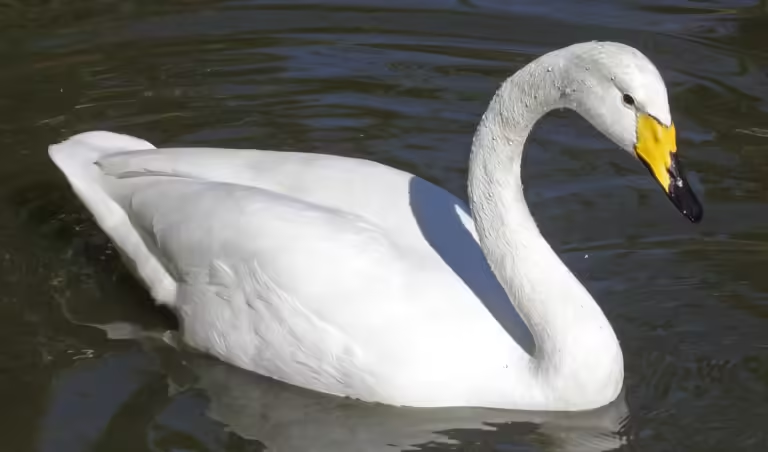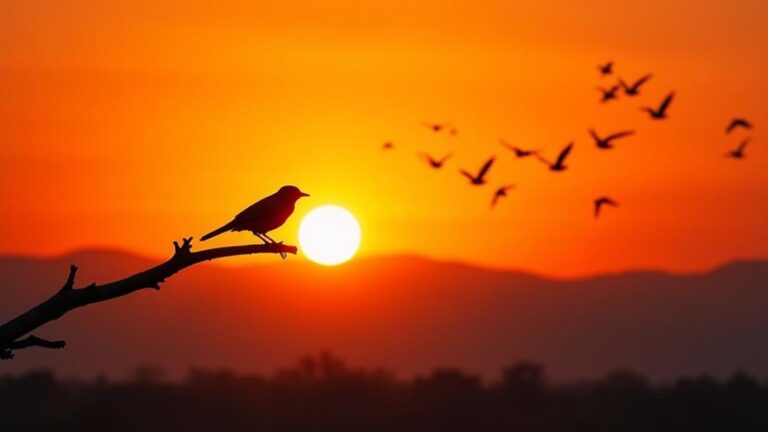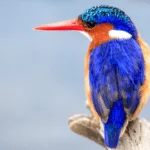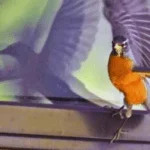What is a group of magpies called? Discover the fascinating answer and explore the intriguing social dynamics of these intelligent birds. Learn about their communal behaviors, nesting habits, and symbolic meanings in this comprehensive guide.
Among the vast array of avian gatherings, magpies hold a special place. These enigmatic creatures have a name that is as intriguing as their behavior. Are you curious to know what it is? Well, prepare to have your curiosity satisfied as we unveil the fascinating name that magpies are known by when they gather.
But that’s not all! Along the way, we will also discover other captivating avian gatherings and share some fun facts about magpies. So, get ready to embark on an adventure through the fascinating and sometimes quirky world of birds. Let’s celebrate the beauty and peculiarity of avian gatherings together!
Key Takeaways
- Avian gatherings have quirky names for different species of birds, with magpies being called either a parliament or a tidings.
- Magpies are fascinating birds known for their intelligence, mimicry, and mischievous behavior.
- Collective nouns for avian gatherings humanize birds and emphasize the importance of avian communities in maintaining ecological balance.
- Magpies hold cultural significance and are associated with both good luck and bad omens in different cultures.
Introduction to Avian Gatherings
Avian gatherings are a fascinating phenomenon, showcasing the quirky names given to groups of different bird species. These gatherings, also known as flocks, are a common sight in the avian world. They serve multiple purposes, ranging from foraging and hunting to protection and socialization. Watching these gatherings in action can be a mesmerizing experience.
Bird enthusiasts have come up with creative and whimsical names to describe these gatherings. For instance, a group of magpies is called a ‘tidings’ or a ‘parliament.’ These names reflect the playful and social nature of these birds. It’s intriguing to think about the thought process behind these unique names.
Avian gatherings can vary in size, ranging from just a few individuals to thousands of birds. The larger the gathering, the more impressive and awe-inspiring it becomes. Witnessing a massive flock of birds swooping and soaring through the sky is a sight to behold.
Each avian gathering has its own dynamics and behaviors. Some birds fly in tight formations, while others spread out across the sky. Some species exhibit synchronized movements, creating a mesmerizing spectacle.
In conclusion, avian gatherings offer a glimpse into the fascinating world of birds and their unique behaviors. The quirky names given to these gatherings add an element of fun and curiosity to the study of birds. So next time you spot a group of magpies, remember that you are witnessing a ‘tidings’ or a ‘parliament’ in action.
The Quirky World of Collective Nouns
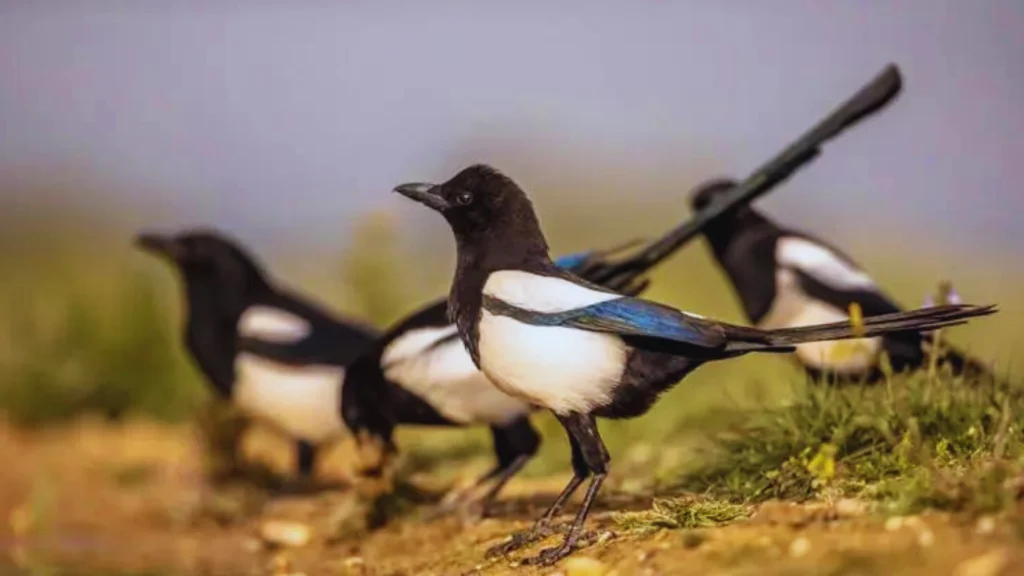
Within this fascinating realm of collective nouns, you’ll be captivated by the whimsical world of how we describe the gatherings of various winged creatures. It’s amazing how language can take flight and create such unique and quirky names for these avian groups.
One such example is a murder of crows, which immediately conjures up images of mystery and intrigue. Then there’s a parliament of owls, evoking thoughts of wisdom and solemnity. But perhaps one of the most intriguing collective nouns belongs to magpies. A group of magpies is called a tiding or a gulp. These names reflect the social nature of these intelligent birds.
Just picture a tiding of magpies, chattering away as they go about their business, or a gulp of magpies, swooping and diving through the air in perfect synchrony. It’s these imaginative and often humorous collective nouns that add an extra layer of charm to the world of birds.
So next time you spot a gathering of magpies, remember to use the delightful terms tiding or gulp and let your imagination take flight.
The Enigmatic Magpies
Magpies are fascinating and enigmatic birds that have captured the attention of humans for centuries. They are known for their striking black and white plumage and their intelligent and mischievous behavior.
In many cultures, magpies hold cultural significance and are often associated with good luck or bad omens. Superstitions surrounding magpies vary, with some believing that seeing a single magpie is a sign of bad luck, while others believe that seeing a group of magpies brings good fortune.
A Brief Overview of Magpies
Imagine you’re strolling through a park, and suddenly you come across a fascinating creature that’s known for its striking appearance and mischievous nature. That creature is the magpie. Here are three interesting facts about these birds:
- Appearance: Magpies are easily recognizable with their glossy black feathers and long tails. They also have a distinctive white belly and shoulder patches, which contrast beautifully against their dark plumage.
- Intelligence: Magpies are highly intelligent birds. They have been observed using tools, solving puzzles, and even recognizing themselves in mirrors. Their intelligence and problem-solving skills make them one of the most clever birds in the animal kingdom.
- Social Behavior: Magpies are social birds and often form large groups called ‘parliaments’ or ‘tidings.’ These gatherings serve various purposes, such as protecting their territory, finding food, and sharing information. Being part of a group allows them to thrive and survive in their natural habitats.
Next time you spot a magpie, remember these fascinating traits that make them such captivating creatures.
Cultural Significance and Superstitions Surrounding Magpies
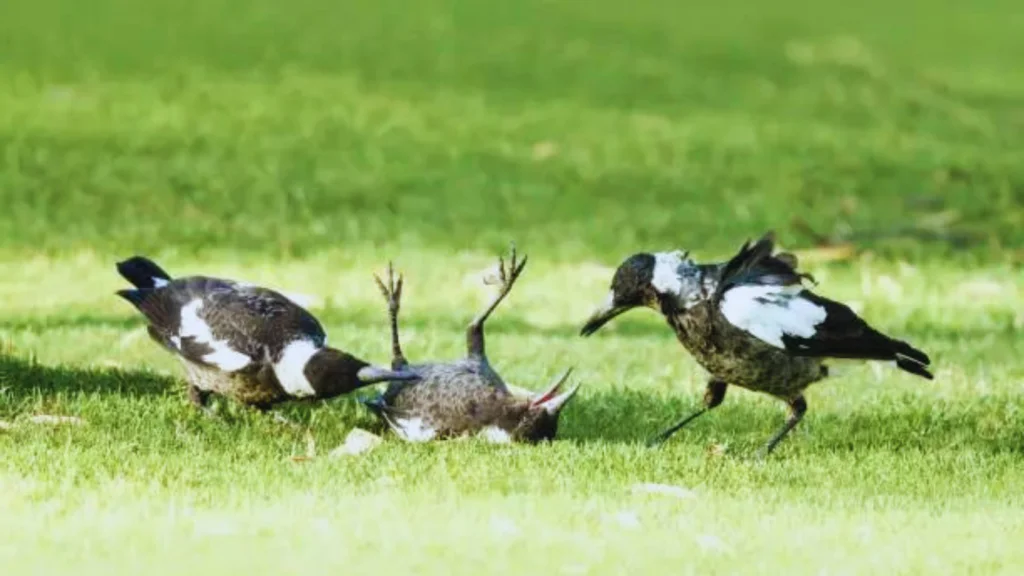
Contrary to popular belief, spotting a magpie is not a sign of impending doom. Instead, it is a symbol of good luck and prosperity. In many cultures, magpies are considered to bring positive energy and are even seen as messengers from the spiritual realm.
For example, in Chinese folklore, magpies are believed to be the bridge between heaven and earth. Their presence is seen as a sign of good fortune. Similarly, in European folklore, it is customary to greet a lone magpie with a friendly nod or a salute to ward off potential bad luck.
There are also superstitions that suggest counting the number of magpies you see can predict your future. Different numbers indicate different outcomes. So, the next time you come across a magpie, remember that it is not a bad omen. Instead, it is a positive sign of good luck and blessings.
Unveiling the Name
Picture yourself standing in the midst of a gathering of magpies, and suddenly, you realize the fascinating name that encapsulates their unison. It’s called a “tidings” of magpies! Doesn’t it sound enchanting? The word “tidings” brings to mind a sense of mystery and wonder, as if these magpies have come together to deliver an important message from the avian world.
To further evoke emotion and capture your imagination, let me paint a picture for you. On one side of the table, imagine a row of magpies standing tall and proud, their iridescent feathers shimmering in the sunlight. They seem to be the leaders of the group, exuding confidence and authority. On the other side of the table, envision a row of magpies hopping and fluttering their wings, filled with youthful exuberance. They are the playful members of the tidings, bringing joy and laughter to the gathering.
As you stand there, you can’t help but feel a sense of unity and harmony among these magpies. Each one has a role to play within the tidings, contributing their unique abilities and personalities. It’s a beautiful sight to behold, and you can’t help but appreciate the magic that unfolds when these birds come together as one.
Other Fascinating Avian Gatherings
As you step into the midst of these enchanting feathered communities, you’re immediately captivated by the fascinating ways in which different species of birds come together, each with their own unique rituals and displays.
While a group of magpies is called a ‘tidings,’ there are many other avian gatherings with equally intriguing names.
Take a flock of crows, for example. These intelligent birds gather in what is known as a ‘murder.’ It may sound ominous, but it actually refers to the old term ‘murder of crows,’ which comes from their habit of congregating and making loud calls.
Similarly, a group of starlings is called a ‘murmuration.’ This term perfectly captures the mesmerizing sight of thousands of starlings flying together in synchronized patterns, creating a breathtaking display in the sky.
Another fascinating avian gathering is a ‘parliament of owls.’ Owls are known for their wisdom and mystery, and the name ‘parliament’ reflects these characteristics. It’s as if these wise birds have gathered for a serious and solemn discussion.
In contrast, a gathering of penguins is called a ‘colony.’ These adorable birds come together in large groups to breed, huddle for warmth, and protect each other from predators. It’s heartwarming to see them waddling around, taking care of their young ones, and supporting each other in their icy habitat.
As you explore the world of avian gatherings, you realize that each species has its own unique way of coming together. Whether it’s magpies, crows, starlings, owls, or penguins, these feathered communities never fail to amaze and enchant with their remarkable displays and intriguing names.
The Importance of Collective Nouns
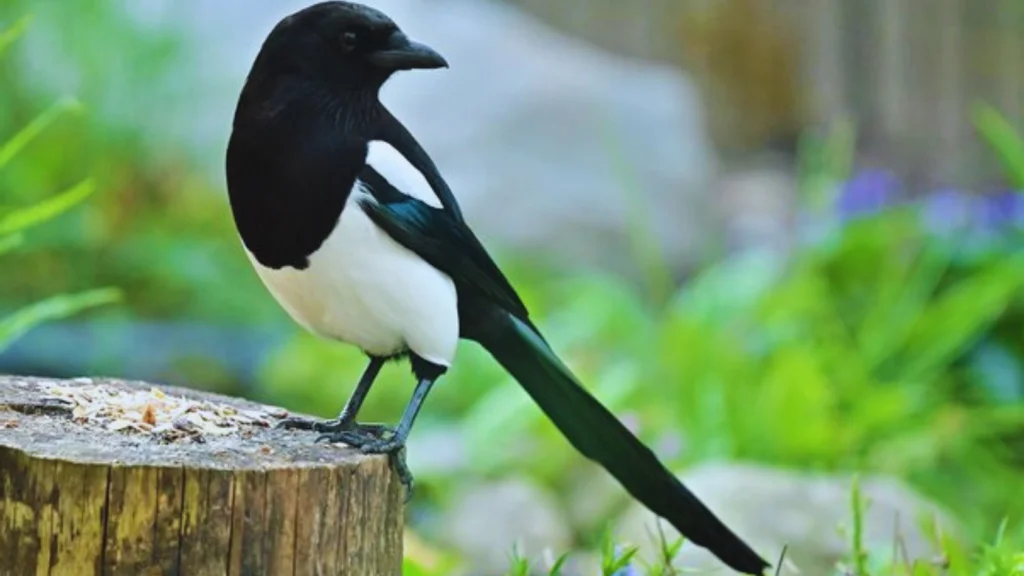
Imagine yourself surrounded by a mesmerizing collection of birds, each with their own unique way of coming together, highlighting the significance of collective nouns. As you observe this avian spectacle, you can’t help but marvel at the importance of these terms in describing the intricate social structures of birds. Here are three examples to paint a vivid picture:
- A murder of crows: Picture a flock of crows, their sleek black feathers glinting in the sunlight as they gather in a tight-knit group. They move together with a sense of purpose, their collective intelligence on full display.
- A parliament of owls: Imagine yourself in a quiet forest, with a group of owls perched high up in the trees. They huddle together, their eyes gleaming in the darkness, as they discuss their nocturnal affairs in a silent symphony of wisdom.
- A charm of finches: Visualize a group of finches, their vibrant plumage creating a kaleidoscope of colors. They flutter around in playful harmony, their collective beauty captivating all who witness their enchanting display.
Collective nouns not only bring a touch of whimsy to the world of birds, but they also serve as a reminder of the power of unity and collaboration in nature. So next time you encounter a gathering of birds, take a moment to appreciate the significance behind their unique collective noun.
The Role of Collective Nouns in Conservation
The captivating array of collective nouns for birds serves as a poignant reminder of the vital role that language plays in fostering a deeper understanding and appreciation for the conservation efforts needed to protect these delicate ecosystems. By assigning unique names to groups of birds, we humanize them and create a sense of connection that sparks our curiosity and empathy towards their conservation.
Collective nouns not only add color and charm to our language but also highlight the importance of avian communities in maintaining ecological balance. For example, did you know that a group of magpies is called a “tiding”? This collective noun signifies the social nature of magpies, emphasizing their need for companionship and cooperation. By using these collective nouns, we acknowledge the intricate web of relationships and dependencies that exist within bird communities.
To further illustrate the role of collective nouns in conservation, take a look at the table below:
| Bird Species | Collective Noun | Conservation Importance |
|---|---|---|
| Magpies | Tiding | Indicate social nature |
| Penguins | Colony | Highlight breeding sites |
| Falcons | Cast | Emphasize group hunting |
| Swans | Wedge | Symbolize migratory patterns |
Through these examples, we can see that collective nouns not only capture the essence of these bird species but also remind us of the conservation efforts necessary to protect their habitats, breeding sites, and migratory routes. So next time you encounter a fascinating collective noun, remember the role language plays in fostering a deeper appreciation for bird conservation.
Fun Facts About Magpies
Magpies are fascinating birds with distinct physical characteristics and behaviors. They have sleek black feathers with a metallic green or blue sheen, and their long tails make up almost half of their body length.
In addition to their striking appearance, magpies are known for their intelligence and ability to mimic sounds.
Did you know that magpies are also deeply rooted in mythology and symbolism? In many cultures, they are associated with good luck and fortune, while in others they are seen as omens of bad luck or even death.
Physical Characteristics and Behaviors
With their striking black and white feathers, magpies are known for their intelligent and mischievous nature. These birds have distinct physical characteristics and behaviors that set them apart. Here are four interesting facts about magpies:
- Size and Appearance: Magpies are medium-sized birds, typically measuring around 17 to 21 inches in length. They have long tails and glossy black feathers with a contrasting white belly and shoulder patches. Their wings also display a beautiful iridescent blue or green sheen.
- Vocalizations: Magpies are highly vocal birds. They have a variety of calls, including melodious warbles, harsh chattering, and repetitive whistles. They can imitate the sounds of other birds and even mimic human voices.
- Nesting Habits: Magpies build large, dome-shaped nests made of twigs and branches high up in trees. These nests can be up to three feet in diameter and are often adorned with shiny objects like coins or jewelry.
- Intelligent Behaviors: Magpies are known for their problem-solving abilities. They can use tools, recognize themselves in a mirror, and remember locations of food caches. They are also known to engage in playful behavior, often stealing shiny objects or teasing other animals.
Magpies are fascinating birds with their unique physical features and clever behaviors.
Mythology and Symbolism Associated with Magpies
Now that you know more about the physical characteristics and behaviors of magpies, let’s dive into the fascinating world of mythology and symbolism associated with these enchanting birds. Magpies have long been woven into various folklore and mythologies around the world, often representing different meanings and beliefs. In Chinese culture, magpies are considered to be a symbol of good luck and joy. They are also believed to bring good news and happiness. In Western folklore, magpies are often associated with thievery and mischief. However, they are also seen as intelligent and cunning creatures. The famous nursery rhyme, “One for Sorrow,” originated from the belief that seeing a solitary magpie brings bad luck. To explore more about the symbolism and mythology surrounding magpies, take a look at the table below:
| Culture | Symbolism |
|---|---|
| Chinese | Good luck and joy |
| Western | Thievery and mischief |
| British | Superstition and bad luck |
| Native American | Communication with spirits |
The Fascinating World of Birds
Imagine being transported into the fascinating world of birds, where you can witness the quirkiest names given to their avian gatherings. It’s a world full of surprises and wonder, where each species has its own unique way of socializing.
Here are four intriguing examples:
- A murder of crows: Picture a group of crows, dark and mysterious, gathering together. They are not just any ordinary group; they are a murder. This name may have originated from their association with death and mystery in folklore.
- A Parliament of Owls: Imagine a group of owls perched high in the trees, their wise eyes scanning the night. This gathering is not just a flock; it is a parliament. The owls’ reputed wisdom and their solemn, almost regal presence may have served as inspiration for the name.
- A charm of finches: Visualize a flock of finches, their vibrant feathers creating a colorful spectacle. They are not just a flock; they are a charm. This name may have been derived from the Latin word ‘carminis,’ meaning ‘song,’ as finches are known for their melodious calls.
- A pandemonium of parrots: Envision a group of parrots, their brilliant plumage and raucous calls filling the air. They are not just a group; they are a pandemonium. This name captures the energetic and noisy nature of these colorful birds.
In the fascinating world of birds, their avian gatherings are given names that reflect their unique characteristics and behaviors. It’s a world where language takes flight, and the names of these gatherings add to the enchantment and intrigue of the avian realm.
Exploring the Language of Birds
Step into the enchanting world of birds and discover the intricate language they communicate with, as if you were one of them. Birds have their own unique way of expressing themselves, using a combination of vocalizations, body movements, and even feather displays. They have developed a language that allows them to convey messages to one another, whether it’s to attract a mate, defend their territory, or warn others of potential danger.
Birds use a variety of sounds to communicate, ranging from simple chirps and tweets to elaborate songs. Each species has its own distinct vocalizations that they use to communicate with others of their kind. They can convey different messages through the pitch, volume, and rhythm of their calls. Some birds even mimic the sounds of other animals or even humans.
In addition to vocalizations, birds also use body language to communicate. They puff up their feathers, spread their wings, or change their posture to convey different messages. For example, a bird may raise its crest to signal aggression or lower its head and spread its wings to show submission.
Feather displays are another way birds communicate. They can raise or lower their feathers, fan their tail feathers, or even flash bright colors to attract a mate or establish dominance.
So next time you see a bird, take a moment to appreciate the intricate language they use to communicate with one another. It’s a fascinating world of sounds, movements, and displays that adds to the beauty and wonder of the avian kingdom.
Conclusion: Celebrating the Quirkiness of Avian Gatherings
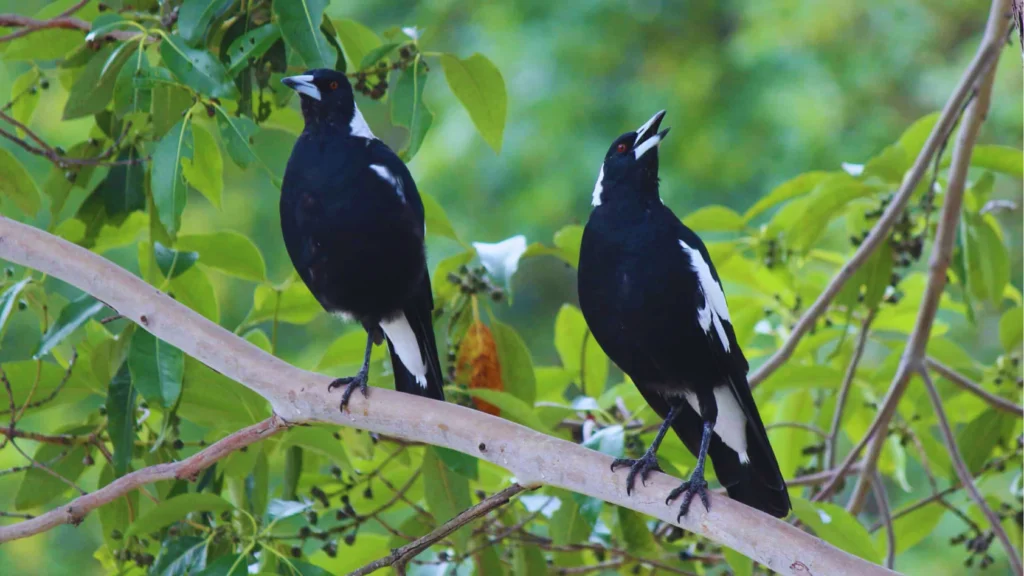
Birds come together in fascinating and peculiar ways, creating a spectacle of unique and lively interactions. The language of avian gatherings is full of quirkiness and charm, and exploring these names can be a delightful endeavor. From a parliament of owls to a charm of finches, these collective nouns add a touch of whimsy to the world of birds.
As we conclude our exploration of the quirky names of avian gatherings, it’s worth celebrating the beauty and diversity found in nature. The language we use to describe these gatherings reflects the rich tapestry of the animal kingdom and the human imagination.
So, the next time you spot a group of magpies, remember that they are called a ‘tidings.’ Isn’t that a wonderful word? It evokes a sense of communication, shared news, and community. Just like these black and white birds, avian gatherings bring us together, reminding us of the interconnectedness of all living beings.
In the grand symphony of nature, each bird has its own unique role to play. Whether they gather in a murder, a charm, or a parliament, these gatherings showcase the marvels of the avian world. So, let’s embrace the quirkiness and celebrate the enchanting language of birds. It’s a reminder that even in the smallest of creatures, there is magic to be found.
What Is a Group of Magpies Called: FAQs
How do avian gatherings contribute to the conservation of bird species?
Avian gatherings play a crucial role in bird species conservation. By flocking together, birds share information about food sources and safe habitats, increasing their chances of survival. It’s like a vibrant community where everyone looks out for each other.
What are some other interesting collective nouns used to describe groups of birds?
Other interesting collective nouns used to describe groups of birds include a flock of geese, a murder of crows, a parliament of owls, a charm of finches, and a pandemonium of parrots.
Can the language of birds be used to communicate with other species?
Of course, you can totally communicate with other species using the “language of birds.” I mean, who needs years of scientific research and a deep understanding of animal behavior when you have a few chirps and tweets, right?
Are collective nouns for avian gatherings consistent across different languages?
Collective nouns for avian gatherings vary across different languages. While some languages may have specific words for groups of birds, others may use more general terms. It’s interesting to explore the cultural and linguistic differences in describing these gatherings.
Do collective nouns for birds have any cultural or historical significance?
Collective nouns for birds reflect cultural and historical significance. They often stem from folklore, superstitions, or observations of bird behavior. For example, a “murder” of crows originated from their association with death and darkness.
Conclusion
You’ve now discovered the quirky and fascinating world of avian gatherings! From a murder of crows to a parliament of owls, the collective nouns for birds are truly unique.
And now, you know that a group of magpies is called a tiding. Imagine walking through a park and witnessing a tiding of magpies gather together, their iridescent feathers shining in the sunlight.
It’s moments like these that remind us of the beauty and wonder of nature. So, next time you see a gathering of birds, take a moment to appreciate the quirkiness and diversity of avian communities.



